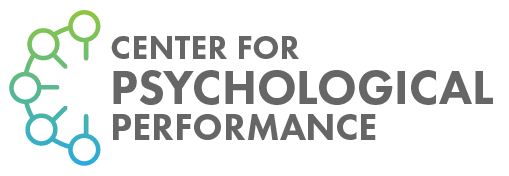Mental Mobility Blog
A Beginner’s Guide to Understanding ADHD
A beginner’s guide to understanding Attention-Deficit/Hyperactivity Disorder. Attention is the ability to focus our mental energy towards a specific stimulus while ignoring other environmental aspects that are not pertinent. Being in control of this focus allows you to be successful academically, professionally, and socially. So what do you do when it’s not so easy for you or your child to pay attention? Learn all about the three types of ADHD (predominantly hyper-active/impulsive, predominantly inattentive, and combined), how they appear, what challenges individuals may face, and how to overcome them to be successful in any venture.
A Beginner’s Guide to Understanding Dyscalculia
Mathematics is a complicated and layered academic area that requires a child to grasp the basics before applying them to concepts and then build upon those concepts as they progress through school. Not only must a child build on the concepts, but there is an assumption that speed and efficiency are a direct result of one’s understanding of those fundamentals. Mathematics also requires strong spatial and reasoning skills. As a result, a child who struggles in math, may also have difficulty in other areas of life that require spatial awareness or reasoning. Examples include: understanding maps or directions; estimating distance, height, or weight; managing time or money; and using logic to solve problems.
In this blog, we will dive into understanding dyscalculia, a challenge in understanding numbers and mathematical constructs. This impairs children’s ability to apply even basic math concepts, impacting not only their academic success, but various general life skills.
A Beginner’s Guide to Understanding Dysgraphia
Problems with writing can be the result of a myriad of different things. Children have to be capable developmentally, physically, and mentally. A student must learn how to hold a pencil and develop the fine motor skills to write fluidly. They must also understand how to form each individual letter before learning to connect those letters to make words and finally stringing words together to make sentences. After all of that, students must also master the grammar rules necessary to clearly communicate their thoughts in writing. As you can see, there are many areas that could prove challenging on a child’s journey of learning to write.
In this blog, we will dive into understanding dysgraphia, a unique difficulty with writing that impairs children’s ability to express themselves clearly through the written word.
Understanding Learning Disorders
Does your child avoid certain academic tasks? Do they become frustrated (and maybe even throw a tantrum!) when forced to complete homework?
If this sounds like your child, it’s possible that they could be struggling with a Learning Disorder. A Learning Disorder is a diagnosable condition that indicates that a child’s brain is wired differently than the typical student upon which the school’s curriculum is developed.
A Beginner's Guide to Understanding Language Disorder
Our ability to effectively communicate is critical to our success in the world. For some, having a Language Disorder interrupts that ability and creates many challenges that must be addressed, managed, and overcome. Learn the signs of a Language Disorder and how to ensure it won’t stop you or your child from achieving greatness.






